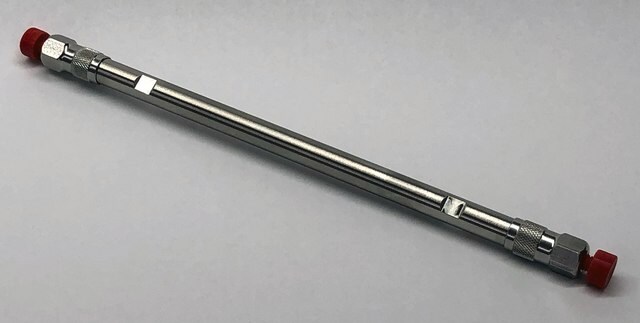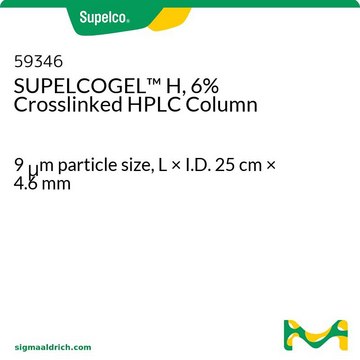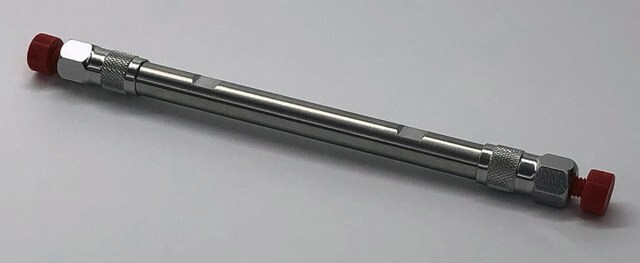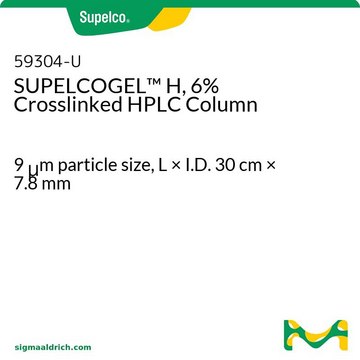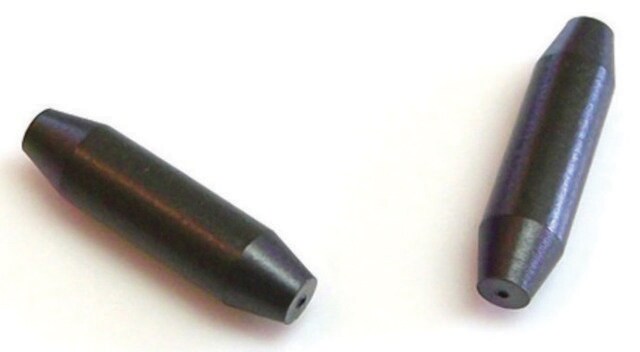59320-U
SUPELCOGEL™ C610 (9 µm) HPLC Columns
L × I.D. 30 cm × 7.8 mm
Synonyme(s) :
Colonne de CLHP SUPELCOGEL™ 6 % réticulée
About This Item
Produits recommandés
product name
Colonne de CLHP SUPELCOGEL™ C610H, 6 % réticulée, 9 μm particle size, L × I.D. 30 cm × 7.8 mm
Matériaux
stainless steel column
Agence
suitable for USP L17
Gamme de produits
SUPELCOGEL™
Caractéristiques
endcapped: no
Conditionnement
1 ea of
Paramètres
85 °C max. temp.
Technique(s)
HPLC: suitable
L × D.I.
30 cm × 7.8 mm
Matrice
sulfonated polystyrene/divinylbenzene, spherical particle platform
polymeric
Taille des particules
9 μm
Technique de séparation
ion exclusion
Vous recherchez des produits similaires ? Visite Guide de comparaison des produits
Catégories apparentées
Description générale
Informations légales
Colonne de garde
Code de la classe de stockage
11 - Combustible Solids
Classe de danger pour l'eau (WGK)
WGK 3
Point d'éclair (°F)
Not applicable
Point d'éclair (°C)
Not applicable
Équipement de protection individuelle
Eyeshields, Gloves, type N95 (US)
Faites votre choix parmi les versions les plus récentes :
Certificats d'analyse (COA)
Désolés, nous n'avons pas de COA pour ce produit disponible en ligne pour le moment.
Si vous avez besoin d'assistance, veuillez contacter Service Clients
Déjà en possession de ce produit ?
Retrouvez la documentation relative aux produits que vous avez récemment achetés dans la Bibliothèque de documents.
Les clients ont également consulté
Articles
Learn more about Bioethanol as a renewable, alternative fuel traditionally produced by the yeast fermentation of sugar.
Protocoles
Fuel Ethanol: Fermentation Analysis by HPLC
The measurement of organic acids in wines is complementary to sensorial and microbiological quality assessment in fermentation control, for example, because the types and concentrations of the different acids influence the resulting color and taste of the wine.
Notre équipe de scientifiques dispose d'une expérience dans tous les secteurs de la recherche, notamment en sciences de la vie, science des matériaux, synthèse chimique, chromatographie, analyse et dans de nombreux autres domaines..
Contacter notre Service technique